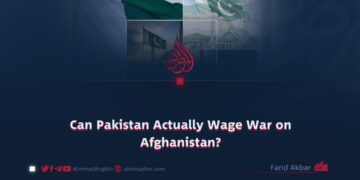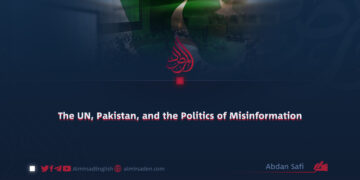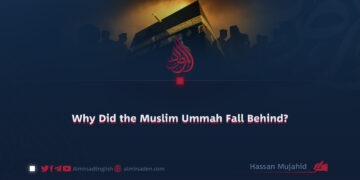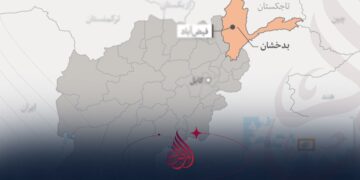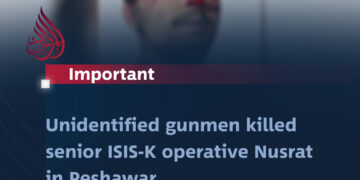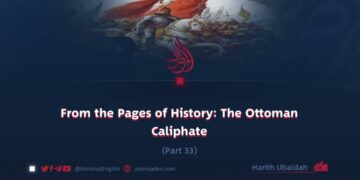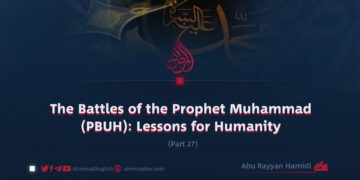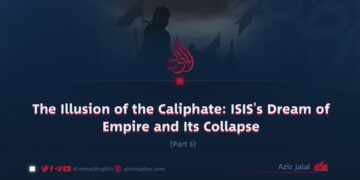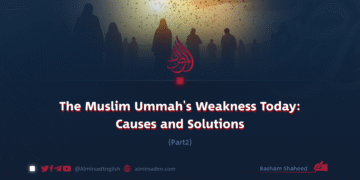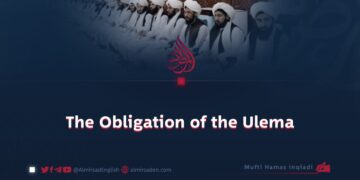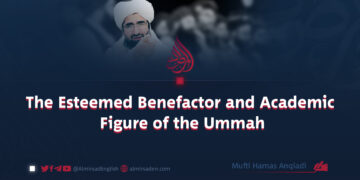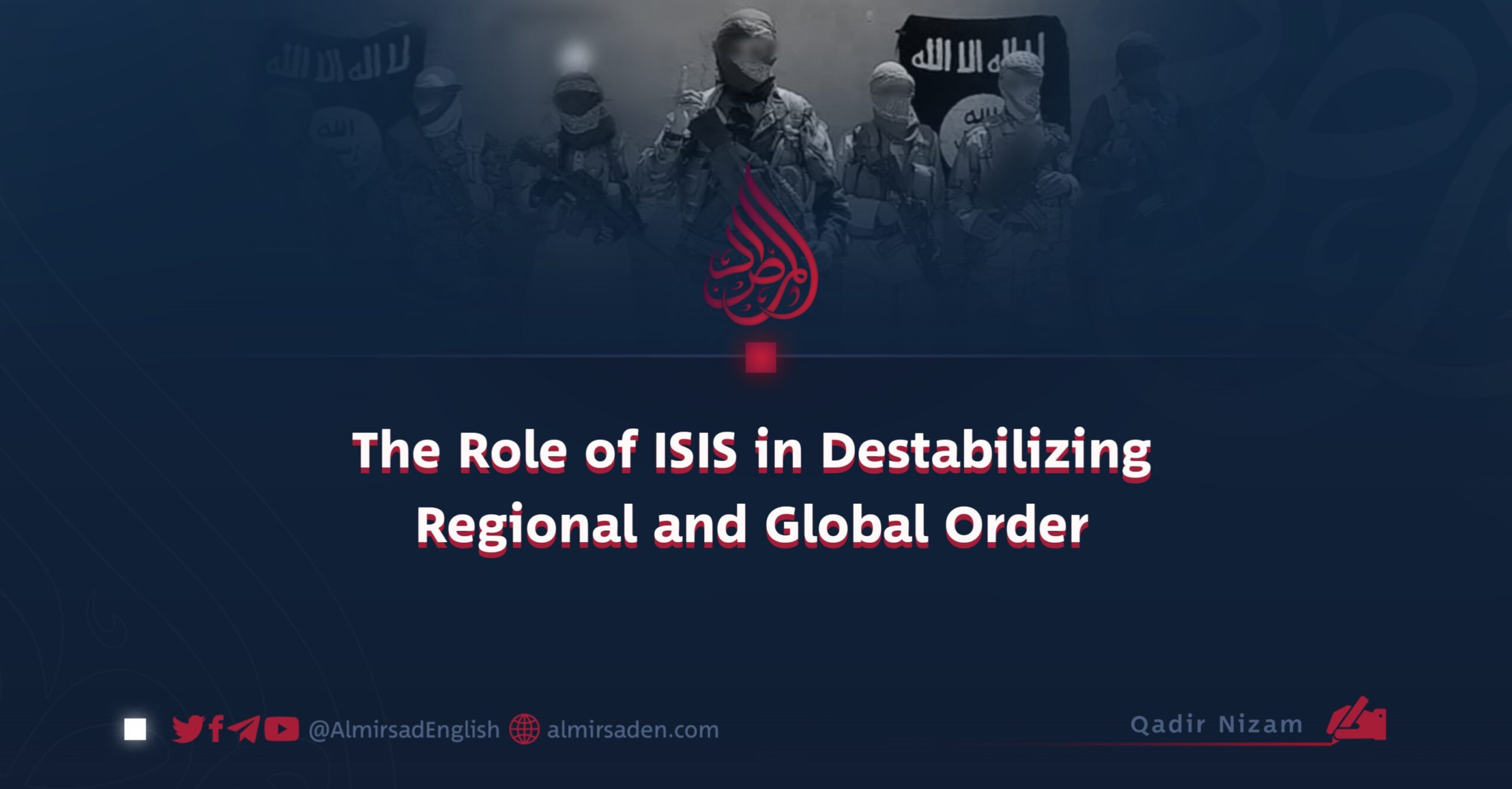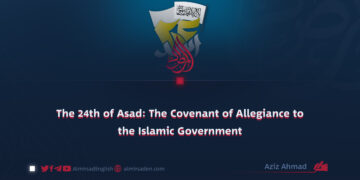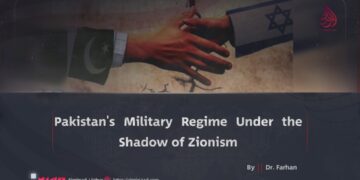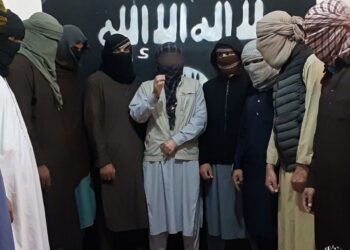Author: Qadir Nizam
ISIS, from its very inception, has functioned not merely as a terrorist organization but as a calculated instrument of destruction and destabilization. Recognized globally for its brutality, its emergence has profoundly impacted domestic, regional, and international landscapes—particularly within the Muslim world. No other group in recent decades has conducted such an extensive campaign of terror, leaving behind a trail of bloodshed, shattered communities, and social collapse.
From the outset, ISIS adopted a distinct and divisive ideology aimed at undermining Muslim-majority nations. While cloaked in Islamic symbolism, its actions actively subverted the foundational values of Islam. In regions where Islamic movements, mujahideen, and intellectual reformers were steadily advancing toward positive transformation—after years of disciplined struggle—ISIS disrupted and derailed their momentum, reducing structured progress to ruin.
The rise of ISIS was more than the emergence of a rogue militant group; it represented a calculated assault on Muslim unity, self-determination, and sovereignty. Numerous committed activists and ideological movements—who had meticulously developed long-term strategies and were beginning to realize tangible results—saw their work undone by this anarchic force. ISIS’s radical ideology eclipsed hope, sabotaged coherent plans, and extinguished aspirations rooted in faith, resilience, and reform.
In reality, ISIS was never a natural outgrowth of Islamic revivalism. It was engineered to generate disorder, sow confusion, and reverse the fragile peace emerging in post-conflict societies. Its violent operations—meticulously planned and brutally executed—drew entire regions into a vortex of multifaceted instability, which in turn disrupted global equilibrium.
In many developing nations—often referred to in political science as the “Third World”—where governance structures, modernization, and reconstruction were beginning to take shape, the emergence of ISIS became a convenient pretext for foreign intervention. Global powers, claiming to uphold international law and global security, exploited the chaos created by ISIS to justify interference. Under the veneer of counterterrorism, they imposed geopolitical agendas and manipulated local dynamics for their own benefit.
These hegemonic powers, often positioning themselves as the guardians of the international order, have historically shown discontent with the independent progress of Muslim and resource-rich nations. To them, such nations are not partners in global development but rather tools for exploitation—sources of wealth to be controlled.
By sponsoring or allowing the growth of organizations like ISIS, these powers achieve strategic objectives: halting the political and economic growth of target nations, weakening indigenous resistance, and justifying a sustained foreign presence under the guise of peacekeeping or stabilization.
Direct intervention, however, is often restricted by the very legal frameworks these powers helped construct. Therefore, they resort to indirect strategies—creating terror, manipulating mass media, and reshaping public perception—to legitimize their role in these regions. The fear generated by ISIS is weaponized, turning occupiers into “protectors” in the eyes of vulnerable populations. Yet the very existence and persistence of ISIS reveal the deeply destructive and calculated motives behind its support or tolerance.
What we witness today is not the accidental rise of a rogue group, but the strategic implementation of a manufactured threat. ISIS, aligned with the covert agendas of certain global and regional powers, has played a pivotal role in undermining regional sovereignty and enabling foreign occupations.
In many instances, there was neither a rational need nor popular demand for the military presence of superpowers. However, the terror unleashed by ISIS conveniently provided the justification for such presence. What began as a campaign against extremism became a pretext for long-term control and occupation.
There is no doubt that ISIS is a fabricated construct—nurtured and exploited by regional and international intelligence networks. It is imperative for both the Islamic world and the broader international community to recognize that this ideology was never intended to establish order, justice, or authentic religious governance. Rather, it was deliberately crafted to foment chaos, deepen sectarianism, and destabilize entire regions in service of global hegemonic interests.
The legacy of ISIS includes a series of horrific terrorist attacks—domestic, regional, and international—in Syria, Iraq, Brussels, Afghanistan, Pakistan, Tajikistan, Iran, London, and beyond. These atrocities stand as grim reminders not only of the group’s barbarity, but also of the broader geopolitical designs that cultivated, sustained, and benefited from its existence.


